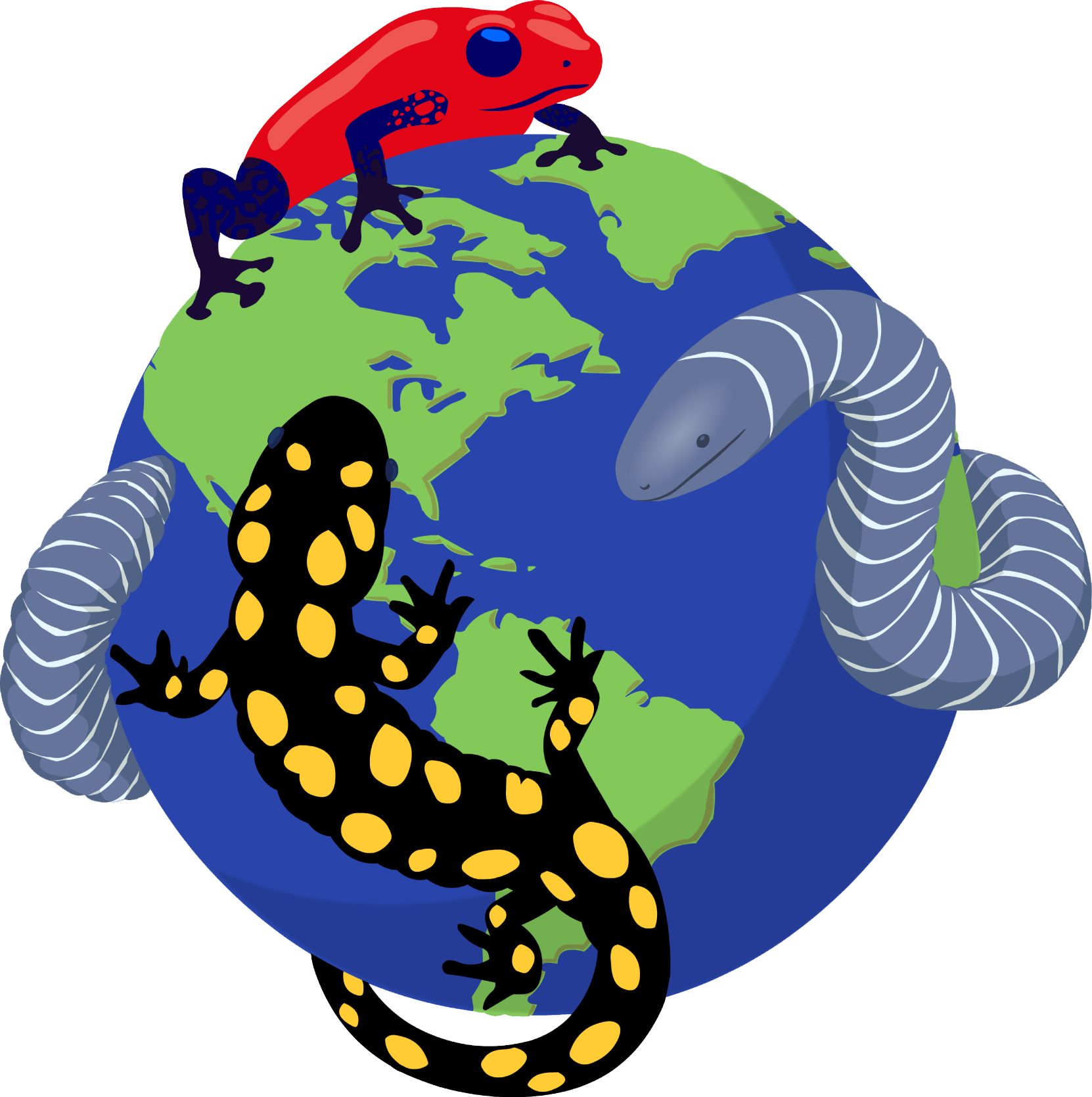|
Description
Head without cranial crests; interorbital space narrower than the upper eyelid; tympanum distinct, about half the diameter of the eye; fourth toe with single subarticular tubercles; parotid squarish, as long as upper eyelid; dorsal tubercles unispinulate.
Color: Dorsum gray, with greenish spotting; a dark blotch on the upper eyelid.
Distribution and Habitat
Country distribution from AmphibiaWeb's database: Iran, Islamic Republic of, Pakistan
Bufo surdus is a little known species. It is reported along western Balochistan and around Quetta. However, it is widely distributed in Iran (Schmidtler and Schmidtler 1969; Eiselt and Schmidtler 1973).
Life History, Abundance, Activity, and Special Behaviors
Bufo surdus is nocturnal, spends day hiding under stones, vegetation, and falling logs, retreating into holes and crevices in the ground. It breeds during monsoons. Males gather in temporal pools and are very noisy. Eggs are laid in double strings which are wound around the pond vegetation.
During the hot season when there is a general dearth of water, the toad seeks dampness under stones and in vegetation; such sites may hold several toads (Khan, pers obs). Larva
A typical light to dark brown bufonid tadpole, with bulging globular body, comparatively weaker tail, and narrow low dark spotted fins. The oral disc is typical bufonid, with finely serrated beak; labial tooth row formula 2(2)/3, oral papillae are lateral. Total length 21-22 mm, tail 16 mm.
The tadpole feeds on the pond vegetation.
Trends and Threats
Use of fertilizers and pesticides pollute ponds and puddles which are used for breeding and do havoc to the eggs and tadpoles. Reclamation of wastelands help in habitat creation for this toad (Khan, pers obs)..
Relation to Humans
The toad is best pest exterminater in agricultural areas. It also extends in human inhabitations to feeds on hermful insects and worms (Khan, pers obs).
Possible reasons for amphibian decline Prolonged drought
Mining
Drainage of habitat
Habitat fragmentation
Local pesticides, fertilizers, and pollutants
Long-distance pesticides, toxins, and pollutants
Comments
For references in the text, see here
References
Eiselt, V.J. and Schmidtler, J.F. (1973). ''Froschlurche aus dem Iran unter Berucksichtigung ausseriranischer Populations-gruppen.'' Annals Naturhistorische Museum Wien, 77, 181-243.
Schmidtler, J.J. and Schmidtler, J.F. (1969). ''Ãœber Bufo surdus; mit einem Schlussel und Anmerkungen zu den ubrigen Kroten Irans und West-Pakistans.'' Salamandra, 5, 113-123.
Originally submitted by: M. S. Khan (first posted 2002-03-19)
Edited by: Vance T. Vredenburg, Michelle S. Koo (2022-08-16)Species Account Citation: AmphibiaWeb 2022 Bufotes surdus: Iranian Toad <https://amphibiaweb.org/species/288> University of California, Berkeley, CA, USA. Accessed May 2, 2025.
Feedback or comments about this page.
Citation: AmphibiaWeb. 2025. <https://amphibiaweb.org> University of California, Berkeley, CA, USA. Accessed 2 May 2025.
AmphibiaWeb's policy on data use.
|



 Map of Life
Map of Life